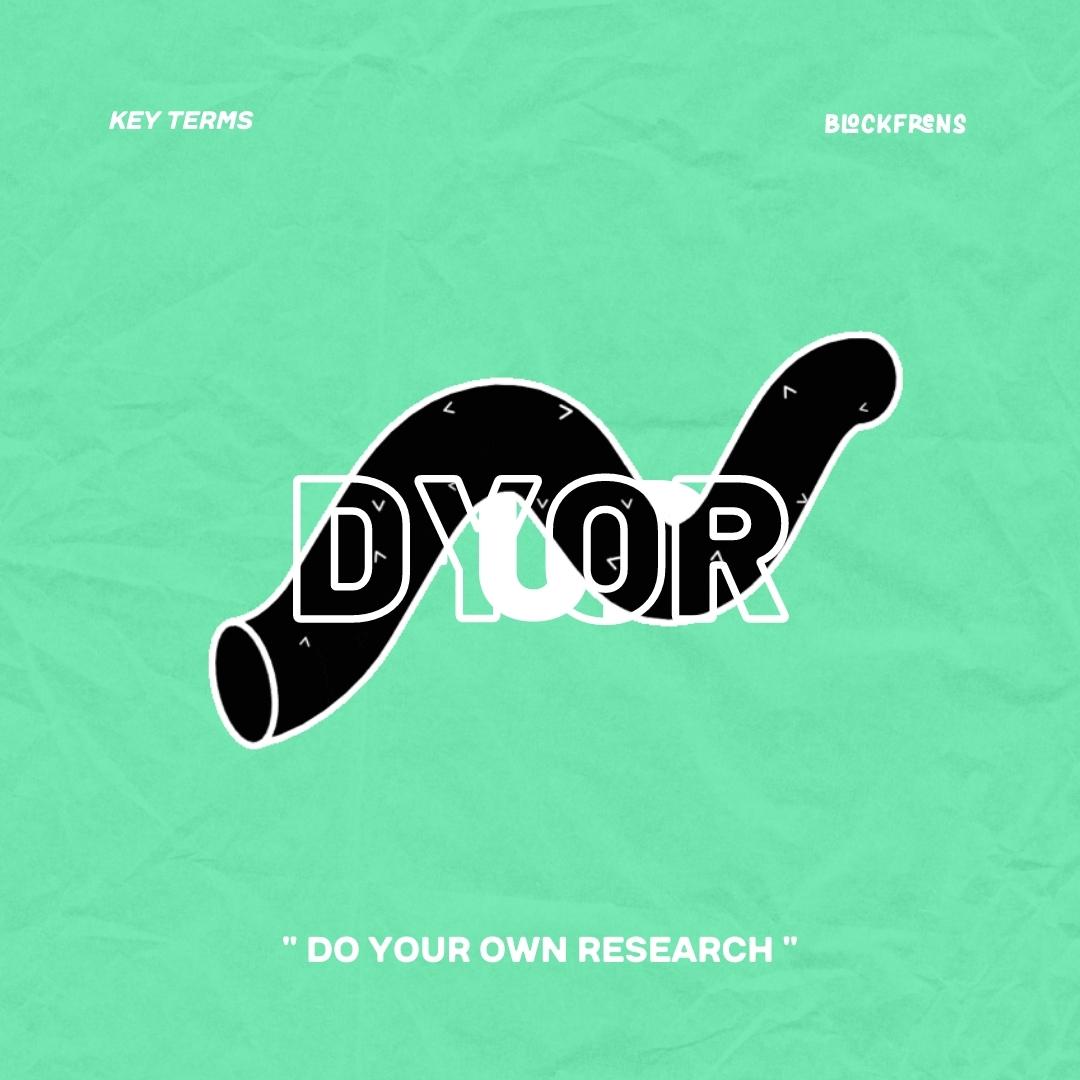What is a Crypto Wallet?
One of the first things you need to do to get started with NFTs and cryptocurrency is to set up a wallet. This can be a daunting task to many, as it requires the user to store long cryptographic keys and odd seed phrases safely to avoid losing their funds and assets. You’ll often hear […]
Fear, Uncertainty, and Doubt
FUD is an acronym for “fear, uncertainty, and doubt,” a term used by web3 enthusiasts to describe the sharing of negative, often untrue propaganda to attack or control the narrative of a project or asset. You will often hear that someone is “fudding” a project or that a government is trying to spread fud in […]
What is the Blockchain?
A blockchain is an electronic ledger (database), which operates independently of a central authority, and is controlled by a network of computers around the world. For example, Ethereum is a decentralized blockchain platform that establishes a peer-to-peer network that securely executes and verifies application code, called smart contracts. Smart contracts allow participants to transact with […]
DYOR (Do Your Own Research) – KEY TERMS
DYOR is an acronym for “Do Your Own Research,” a term used by web3 enthusiasts to encourage their audience to research a project before investing. Often, “DYOR” is used as a disclaimer. When an influencer makes a public post about a project, you’ll occasionally catch a “DYOR” at the end to remind followers to make […]
What Is An NFT?
Non-fungible is a term often used to describe things that are unique and non-interchangeable. A non-fungible token (NFT) is a digital asset that is unique and verifiable. We are witnessing new forms of NFTs created every day; the most common applications are digital collectibles, music, art, and games, though NFTs can represent real-world items like […]





